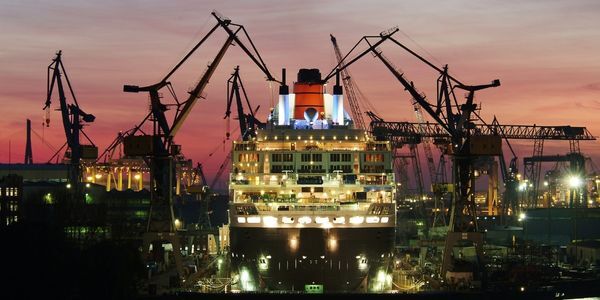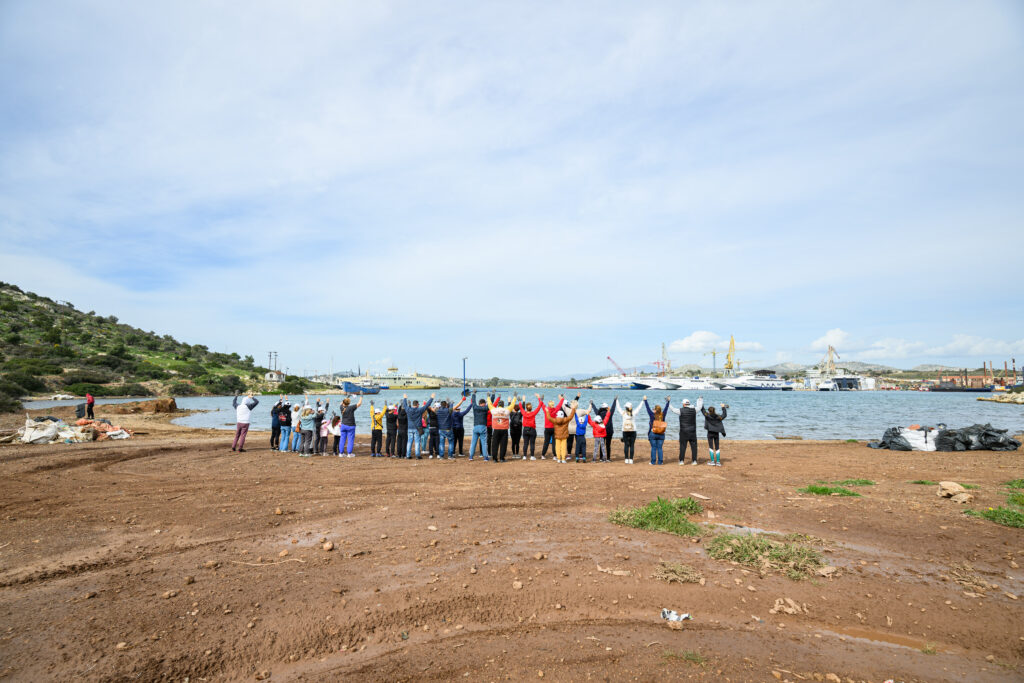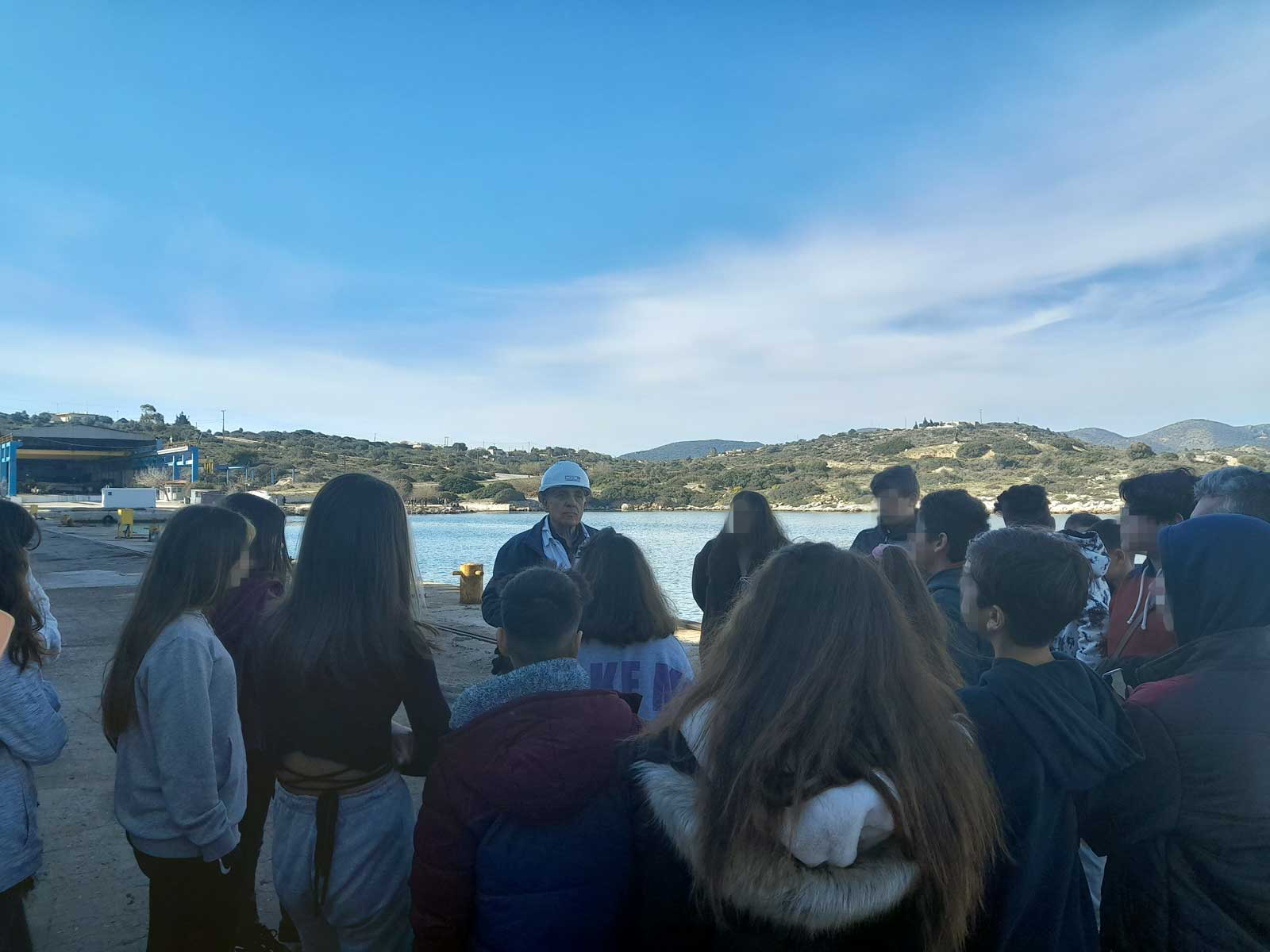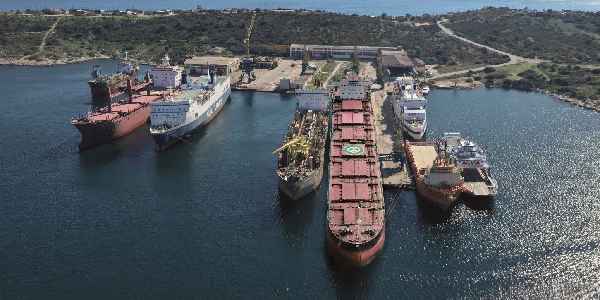Vessels require routine maintenance and repair to function properly. Given that new vessels entering service today are anticipated to have an operating lifespan of up to several decades, operators can improve risk management, reduce downtime, spread vessel maintenance and renewal expenses over the cash flow cycle to maximize profits by taking a proactive approach for monitoring the condition of key machinery and equipment.
Safety of people and goods on a vessel, as well as the security of its equipment, are far too important for shipping operators to overlook. Effective ship maintenance and repair through Condition Based Maintenance (CBM) strategies – also known as Maker’s Overhauling Intervals – along with technical operations, ensure the overall operational efficiency of the ship.
What is Condition Based Maintenance (CBM)?
CBM is an approach that allows you to undertake the necessary maintenance of equipment only when it is absolutely needed and at the most convenient time, while simultaneously monitoring the actual state of any piece of equipment in real-time without interfering with its operation. The primary objectives of CBM are to prevent all unplanned maintenance events and to obtain early indication of potential equipment problems so that you can repair these before incurring any consequential losses to your organization. Furthermore, having reliable insights into which new parts are required and when, will help you manage & arrange your inventory better.
Main benefits of Condition Based Maintenance:
- Optimized to carry out maintenance only when a decline in equipment condition has been detected.
- Effective maintenance approach that improves planning and control, preventing failures before they occur.
- Decreases the requirement for damage control, which lowers overall maintenance costs and activities.
- Ensures equipment is always running at optimal levels.
- Increases the machinery’s durability and effectiveness.
- Improves availability of vessels, streamlines and simplifies classification processes.
- Prevents overwork among a vessel’s crew. By educating employees about equipment existing and potential conditions, such strategies can actually raise staff morale.
How we Implement CBM services for Your Vessel
VIBRATION MONITORING
A viable technique for diagnosing faults in mechanical engineering applications would be to monitor the vibrations generated during the operation of rotating machinery. The method is based on the fact that each machine component generates distinct vibrations at distinct characteristic frequencies. The examination of the vibration spectrum, when done correctly, enables evaluation of machine health.
OIL ANALYSIS
When issues are detected in equipment from vibration monitoring, the analysis of lubricating oil using chemical and spectroscopic examinations also serves as an additional diagnostic tool.
THERMOGRAPHIC ANALYSIS
Thermal imaging technology employing a digital thermal camera is utilized as an additional diagnostic technique, based on the outcome of vibration analysis and related issues discovered.
ULTRASONIC ANALYSIS
When vibration analysis is inapplicable, ultrasonic analysis can identify issues at high frequencies. A Condition Based Monitoring system significantly streamlines the process by enabling activity to be completed with the least amount of intervention possible when the machinery is operating normally.
PERFORMANCE EVALUATION
Performance of a machinery shall be measured at certain intervals, same has to be evaluated and Makers advice to be sought if necessary. Running a machinery within the Maker’s limits can extend the overhauling intervals.
VISUAL INSPECTION
Quite often visual inspection of a machinery and its parts is a vital parameter for determining its good operational condition. Although dismantling a machinery and its components for inspection may be complicated and time consuming, it is usually a good method to verify its operational condition.
Our experts and certified analysts at Kynosoura Dockyard select a method by examining and mapping the ship’s vital machinery, then install necessary measuring stations and data. Subsequently, they carefully verify and interpret the data. Along with providing recommendations on how to proceed with repairs and maintenance procedures, customized reports are created which highlight the issues that are then presented to our clients.
At Kynosoura Dockyard, we provide shipbuilding and repair services in Salamis, Greece for over 50 years. We work to provide you with high quality and safety standards that are created to meet the demands of the shipping industry on the most cost-effective basis through our shipyard and large pool of experienced labor strategically located in the heart of the Mediterranean.




